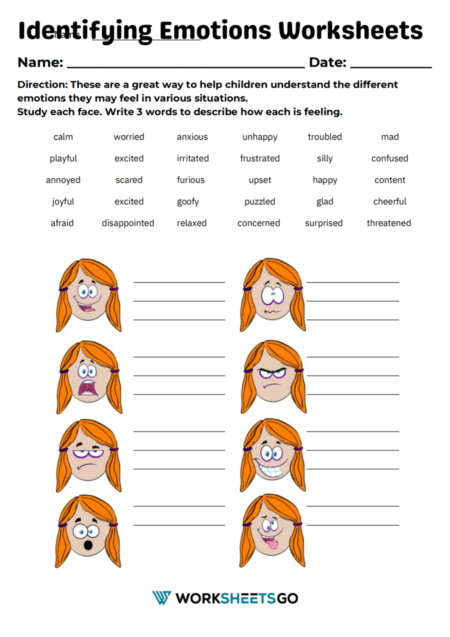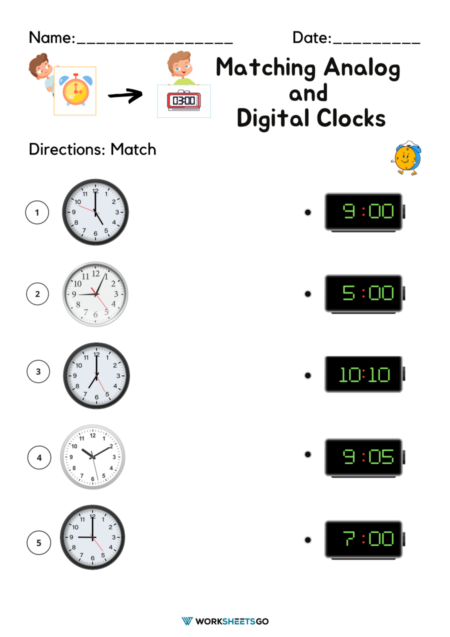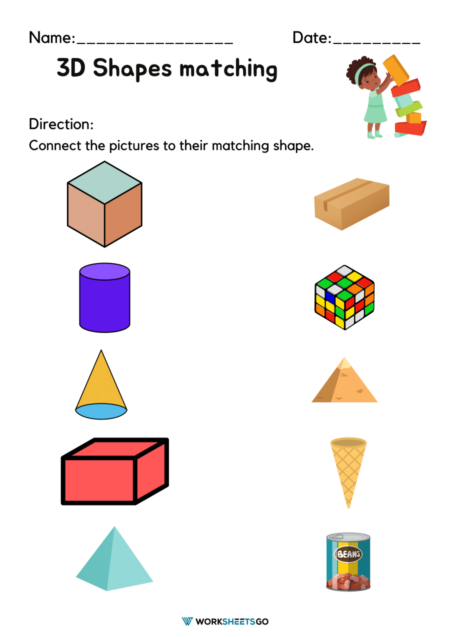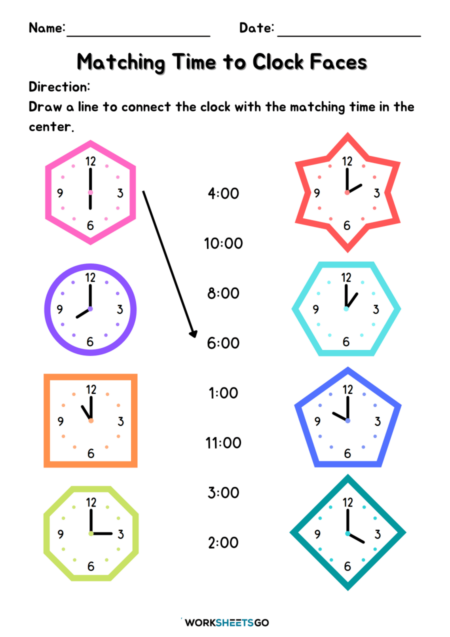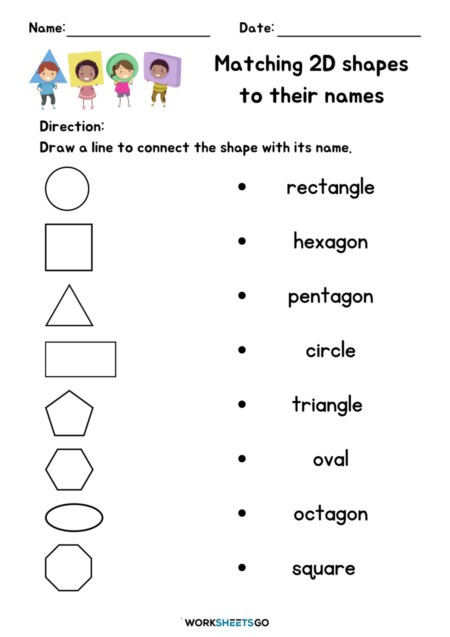Emotions play a pivotal role in our day-to-day lives. Understanding and expressing emotions is an essential skill for children, and it’s crucial to teach them from a young age. One effective way to educate youngsters about different feelings is through matching emotions worksheets.
The worksheet displayed above is a clear example of how we can use visually appealing graphics to teach children about emotions. Let’s delve deeper into how this specific worksheet functions and why it’s an effective educational tool.
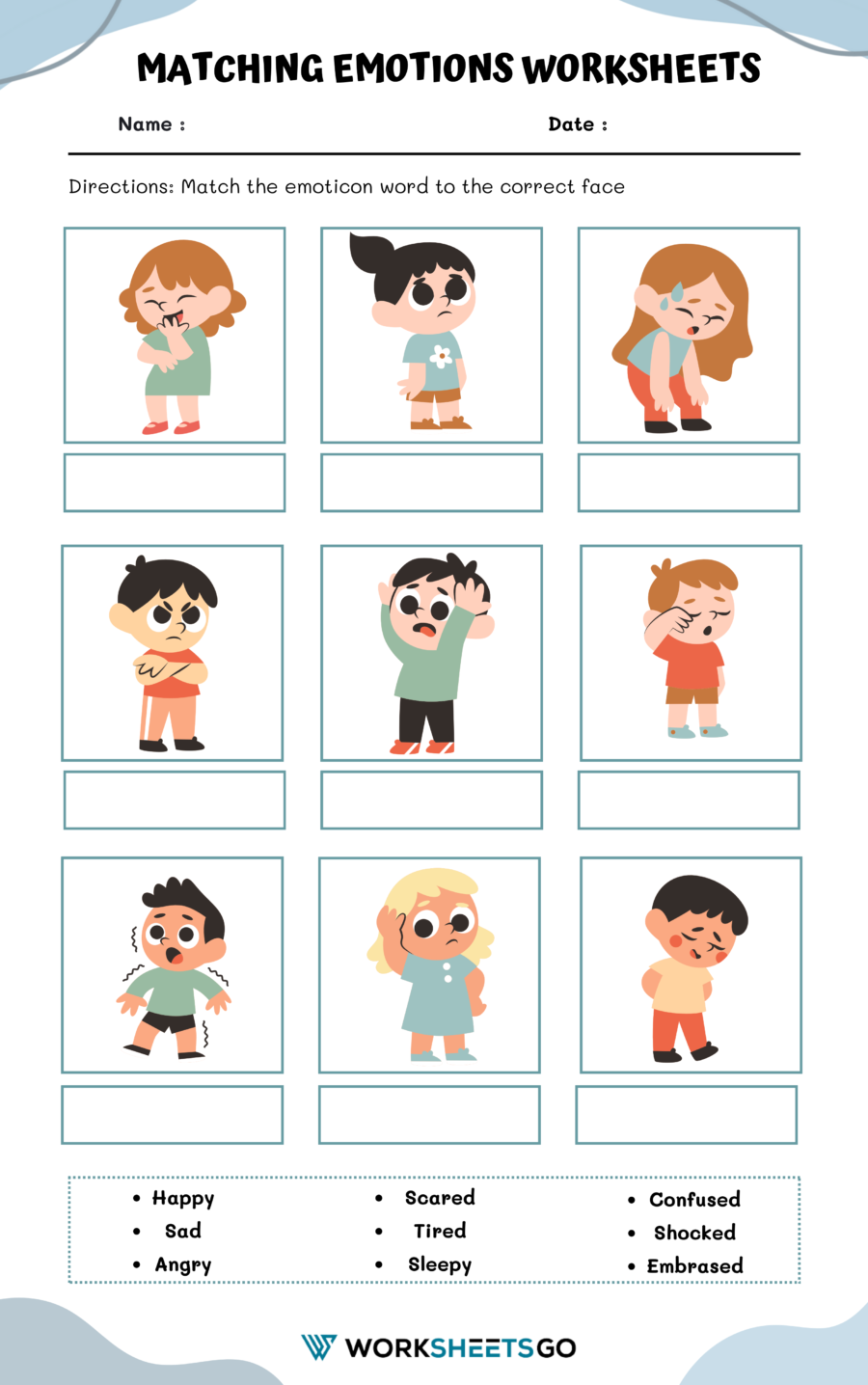
Answer Key

Features of the Worksheet:
- Diverse Emotions: The worksheet covers a variety of feelings such as:
- Happy
- Sad
- Angry
- Scared
- Tired
- Sleepy
- Confused
- Shocked
- Embarrassed
- Kid-friendly Graphics: The worksheet features cute, relatable characters that display emotions vividly. The illustrations make it easy for children to understand and relate to the feelings shown.
- Engaging Activity: Instead of mere passive learning, this worksheet involves an engaging activity. Kids can match the correct emotion word to the appropriate face, making the learning process interactive and fun.
- Easy-to-use Format: The layout is straightforward. Each emotion is listed on the bottom, and children can draw lines or write the emotion’s name under the corresponding character.
Benefits of Using Matching Emotions Worksheets:
- Visual Learning: Many children are visual learners, meaning they understand and remember information better when they see it. These worksheets cater to visual learners by providing colorful and clear illustrations of each emotion.
- Encourages Emotional Expression: By teaching children about different emotions, we’re also teaching them that it’s okay to feel and express these emotions. It can help in building their emotional intelligence.
- Improves Vocabulary: Introducing kids to words like “embarrassed” or “confused” can enhance their vocabulary. They’ll be more adept at expressing themselves verbally.
- Interactive Learning: The hands-on approach of matching the emotions ensures that kids are actively involved in the learning process, which can enhance retention.
In Conclusion
Emotions are complex, but with tools like the Matching Emotions Worksheets, teaching kids about them becomes a tad simpler. Such resources not only make learning about feelings enjoyable but also set the foundation for emotional intelligence. Whether you’re a teacher, parent, or caregiver, consider incorporating these worksheets into your educational repertoire to make emotion-based learning more effective and fun!


